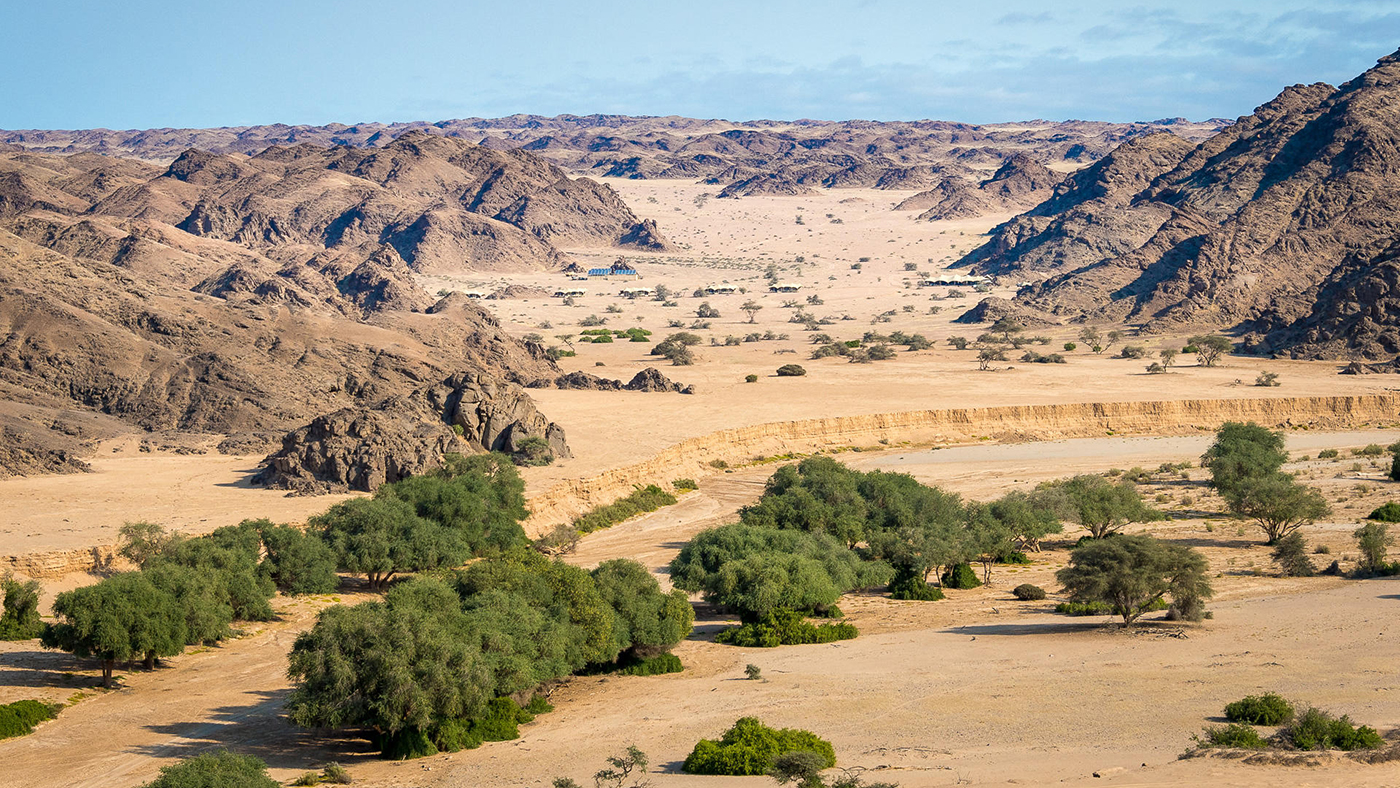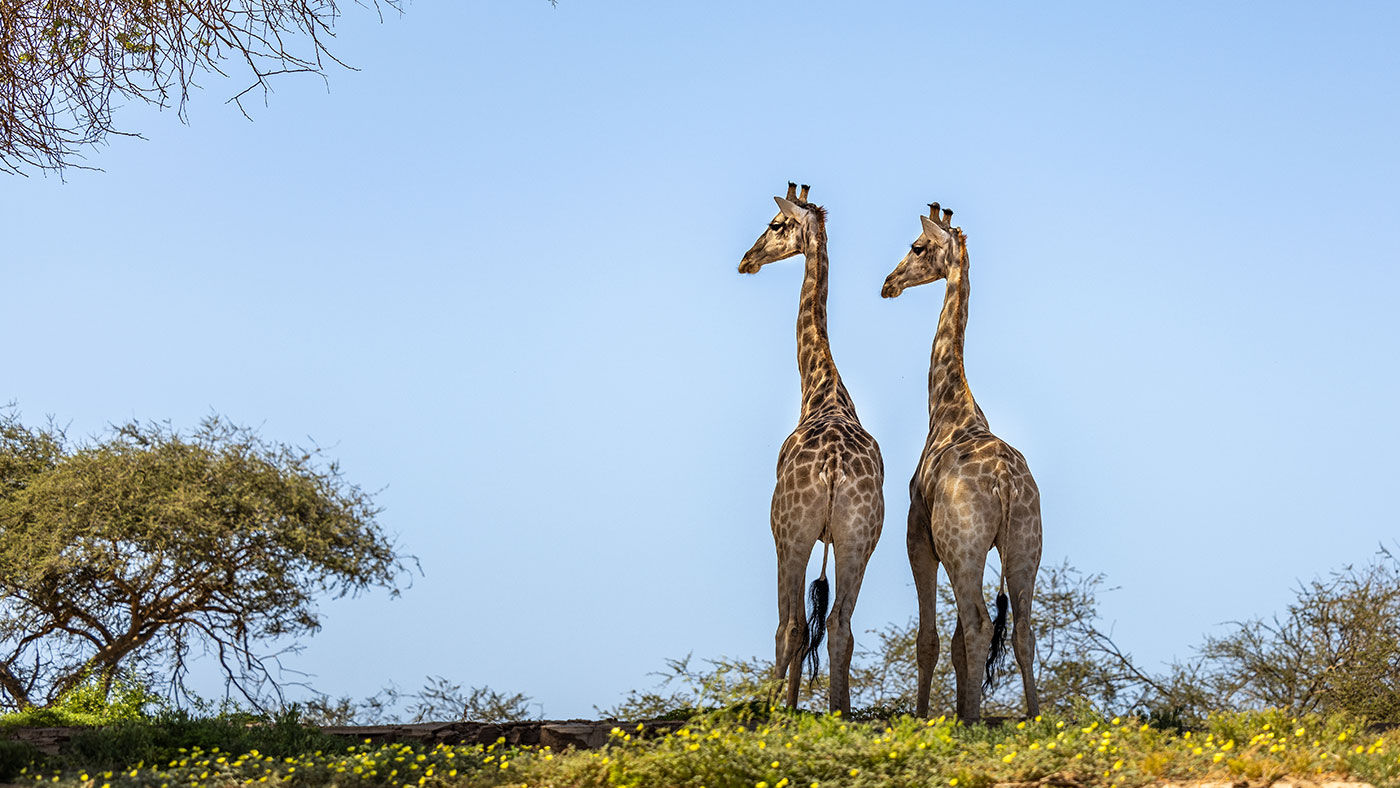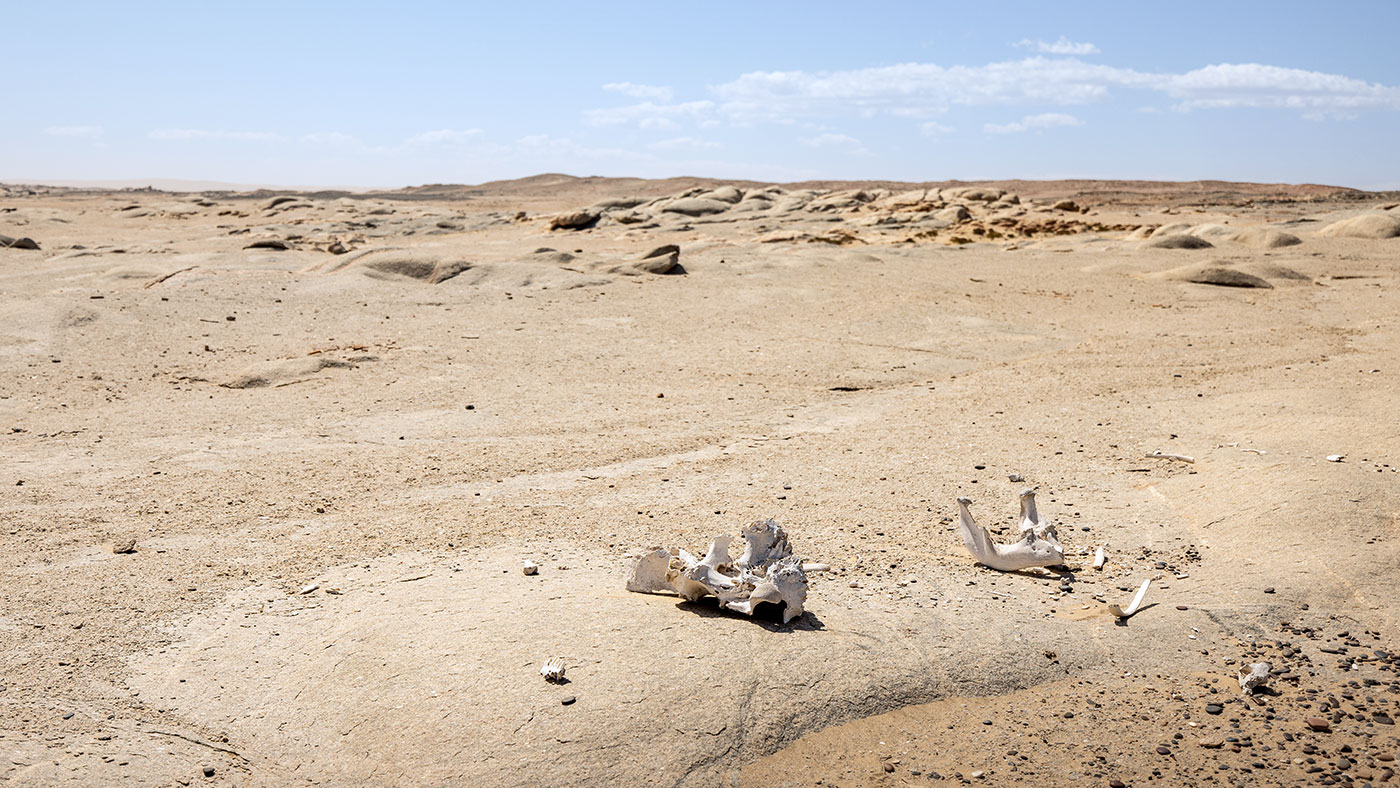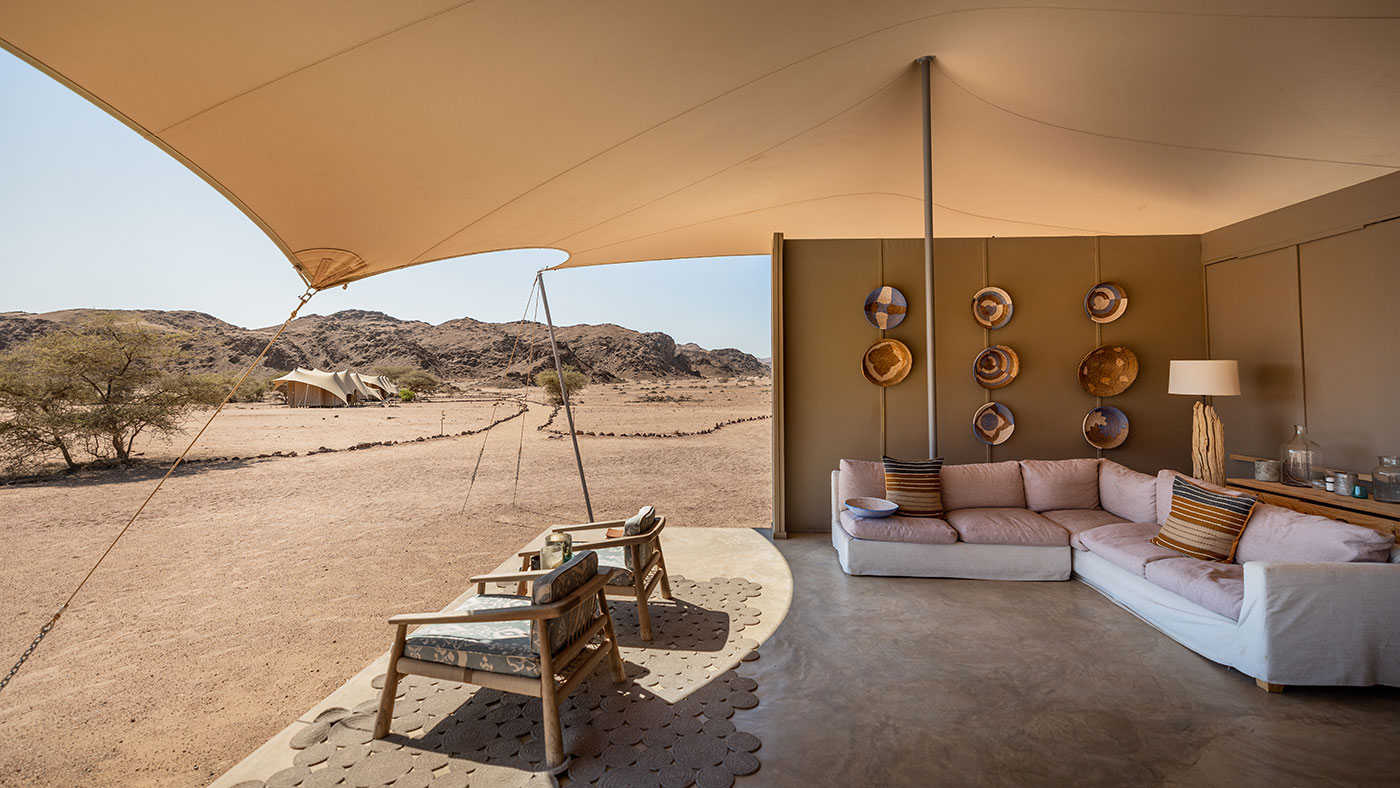If any part of the explored world can still be called the wilderness, it is the skeleton coast of northwestern Namibia. The gate at the end of the public road on the southern border does not say "there is a dragon here", but a giant skull and crossbones greet the brave driver. Whale bone. Road adventurers need to deal with deep sand, rocks that shatter tires, and sparse road networks, just as things get interesting.
Then, I recommend you to put yourself in the experienced hands of Hoanib Skeleton Coast Camp in Wilderness Safari. There, expert guides, vehicles, and even light aircraft assist in exploring landscapes that are otherwise inaccessible.
Skeleton Coast Adventures:Complete 5-star Desert Safari
Where are you? ..
The camp is on the edge of the Skeleton Coast National Park, almost halfway between the coastal towns of Swakopmund and the border with Angola. Between the two, there is an area that is about the same size as Wales but is home to only a few dozen people. Most guests arrive by plane. The plane takes several hours from Windhoek International Airport.


Landscape
The camp is in a dry valley, with mountains behind, sand in front, and the Hoanipu River. The rivers are dry for most of the year (and sometimes for years in a row), but the steep river cliffs carved into the floodplain are evidence of power when it rains. Heading downstream to the Atlantic Ocean, floodplains spread, turning the dark Rocky Mountains into golden dunes, up and down until they reach the ocean.


With activity Game Drive
Desert safari is very different from that of the water-rich grasslands of the Okavango Deltain Botswana, orEtosha National Park, unique to NamibiaSo, a lot of prey and predators gather. Instead of sitting and watching a herd of animals pass by, actively look for some fitness species (eg, desert lions and elephants) and stop by to see other birds, insects, snakes, and small mammals. going to. Get the guide's attention on the way.


Lion Finding an elephant is never guaranteed, given the ground you have to cover to survive in such a harsh environment, but your guide skills dramatically increase your chances. And as you walk through the valley, you'll certainly see giraffes, springbok, and orix. Often faced with a rare and highly photogenic background of dunes. You will also have the opportunity to talk to researchers based in the Hoanib Skeleton Coast Camp to learn how wildlife has found a way to survive in such dry conditions.


In Hoanip A day trip to the beach is included for stays of 3 nights or more (otherwise available for an additional fee). It's a unique experience, usually starting with a pre-dawn drive across the floodplain. As the sun rises, you may chase elephants on the route or catch hyenas on the banks of the river. You can also make a bush breakfast time before appearing in the dunes that mark the western tip of Africa. Beyond them are the shores themselves, spooky, foggy belts littered with whale bones, and occasional shipwrecks, and thousands of seals. Probably after the farthest lunch ever, I'll fly back to camp. A scenic low-level flight along the river.


Accommodation and Dining
Hoanib Skeleton Coast Camp consists of eight guest cabins, all of which are treasure-shaped roofs resembling mountain peaks and ridges. Nearby dunes. Inside, the glass and canvas suites are spacious, with large, very comfortable beds and spacious bathrooms. The entire camp is trimmed to complement the desert landscape with plenty of untreated wood and soothing fabrics. The overall effect is modern and crisp, but unobtrusive.


Similar aesthetics extend to a common area consisting of a small swimming pool, restaurant, bar and lounge. As with all Wilderness Safari camps, the food quality is excellent and there is a wide selection of à la carte menus that change daily (from camp to camp as it is coordinated with other lodges in Namibia). Meals are served at a separate table.
When to go
Given the desert location, the Hoanib Skeleton Coast Camp can be hot at any time of the year, but the heat is highest from October to January. It will be fierce. The temperature in the late 30s is not uncommon, and the sun feels strong. Rain is likely to occur from January to March and usually takes the form of a spectacular thunderstorm. When it rains, some areas of the riverbed may be inaccessible, but the reachable areas are still covered with grass and flowers. The peak season is from April to September, when daytime temperatures are low (although they can rise to 30 degrees Celsius during the day).
Prices and Bookings
Hoanib Skeleton Coast(January-March 2023) Off-peak rates are approximately £ 765 per person per night It starts from. About sharing with two people. Room rates include food, drinks and most activities. Round-trip flights to the lodge are not included. This lodge is part of Wilderness Safari'sNatural Wonders of Namibiaitinerary. Alternatively, you can include it in a bespoke trip. ContactWildernessSafarisfor more information. Flights to Windhoek are available from approximately £ 700 on Lufthansa (via Frankfurt) or Qatar Airways (via Doha).




